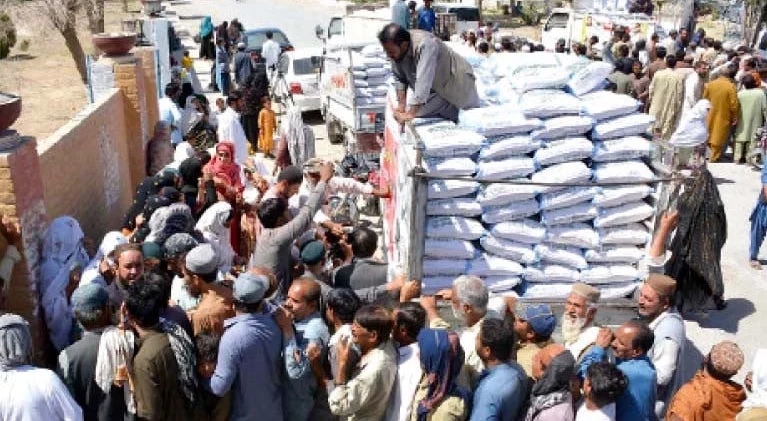
In rural areas, the food inflation rate reached a peak of 37.9 percent in December 2022 with an extreme flour crisis. This happened after crossing the 30% mark in August amid extreme flooding. In urban areas, food inflation increased past 30 percent in September. Food inflation reached an all-time high of 34.7 percent in October. However, it then declined to 29.7 percent in November. The domestic flour shortages that worsened after the floods have primarily caused such consistently high rates. Moreover, conditions such as higher food prices on the global market for most of 2022, the depreciation of the rupee, and disruptions in domestic supplies. In addition delays in imports due to import restrictions, and the failure of authorities to enforce administered prices have led to the problem.
The floods destroyed A significant portion of minor crops, such as vegetables, pulses, and oilseed. However, farmer advocacy groups assert that several factors may prevent the nation from achieving the production target of 28.4 million tonnes. These factors include things such as a decrease in sowings and growers’ inability to care for the upcoming crop. Moreover, rising costs of energy, fertilizer, and other inputs are also major factors. The cause is that it takes at least six months for agricultural input prices to be passed through to our domestic economy.
The total amount of rice exported in 2022–23 is anticipated to be lower than in FY2021-22 In part because of the monthly increase in rice prices. The floods severely damaged all minor crops, including vegetables, pulses, and oilseed crops. The resulting decrease in minor crop output has already translated into higher prices for vegetables and pulses.
The second half of 2022 should have seen a decline in the price of international palm oil. This would have ideally brought some relief. Now that Indonesia has resumed limiting its palm oil exports to ensure adequate supplies in domestic markets. Pakistani cooking oil prices are likely to increase, especially if local currency shortages make imports more difficult. Food inflation is rising and will keep rising because of this flour crisis, which won’t end soon.
The cost of producing, transporting, marketing, and selling both food and non-food items has increased. This is because of the electricity shortage and the higher price of fuel oil. These factors are also contributing to overall consumer inflation.
